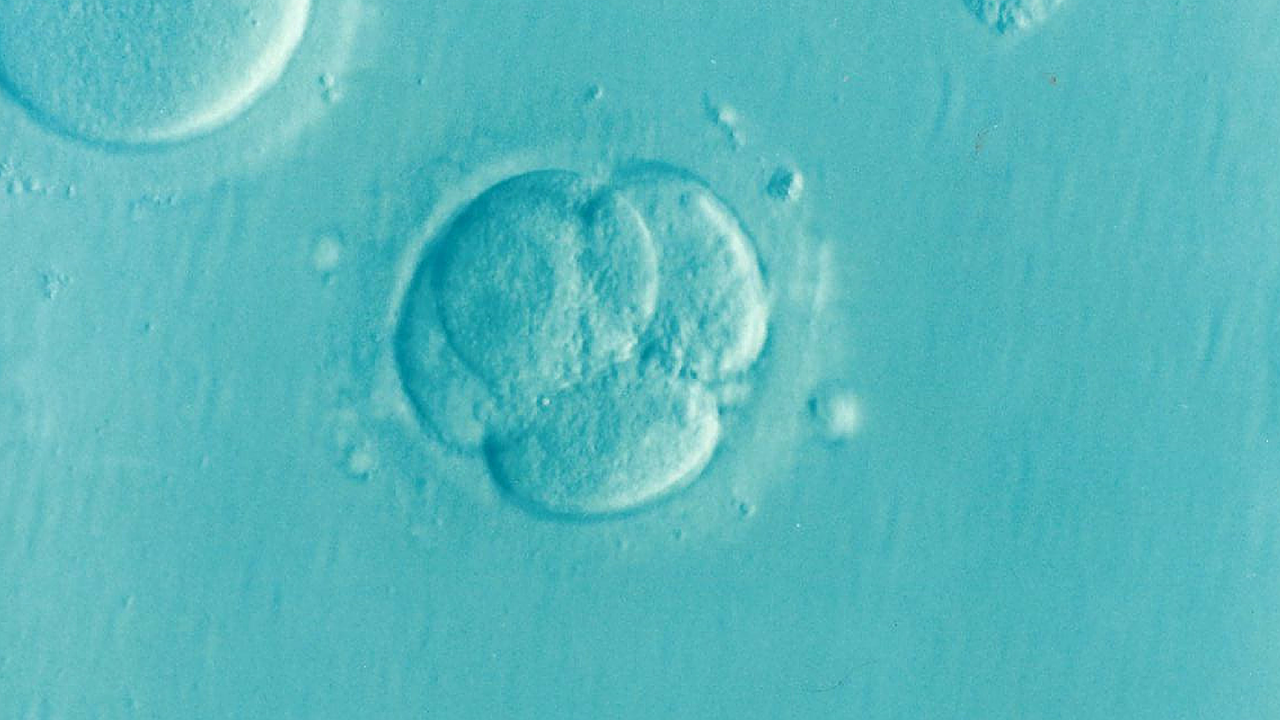
A new study has discovered that children born after the use of frozen embryo transfer were at higher risk of childhood cancer, although it remains low.
The study, published in the medical journal JAMA, found an elevated risk of childhood cancers in children born using frozen embryo transfer. The researchers examined babies born in Denmark, where almost 10% of all children were born through fertility treatments.
The study authors noted that they already knew that children born with the help of fertility treatments faced increased health risks, including low birth weight, premature birth, and some birth defects, but little is known about long-term consequences of these treatments.
They used data from the Danish Medical Birth Register, the Danish Cancer Registry, and the Danish Infertility Cohort on children born in Denmark between January 1996 and December 31, 2012.
They discovered that the childhood cancer rate was 17.5 per 100,000 for children born to fertile women while it was 44.4 per 100,000 for children born using frozen embryo transfer. They found no statistically significant cancer link with the other types of treatments they examined, including fertility drugs, IVF or intracytoplasmic sperm injection.
Dr. Jeffrey Goldberg, an OB-GYN and reproductive endocrinologist at Cleveland Clinic, reacted to the findings of the study, saying: "I think this is interesting and of potential concern, but you have to look at this study in perspective. Fortunately, child cancers are pretty rare. It is something that warrants further evaluation, but there are a couple explanations."
However, Goldberg pointed out that the study was initiated in 1996 and that there have been a lot of improvements in technology and protocol in the lab and in the stimulation protocol since then, which could have affected the study.
"A 2.4 fold increase is clinically significant, but these are very small numbers, and this is based on older data going back to '96 and some of the things here may not be applicable now. I wouldn't want this to set off alarm bells," Goldberg added.






